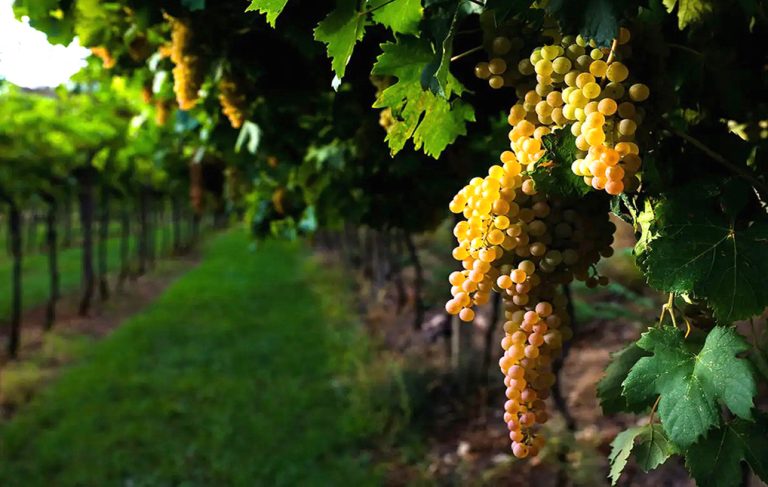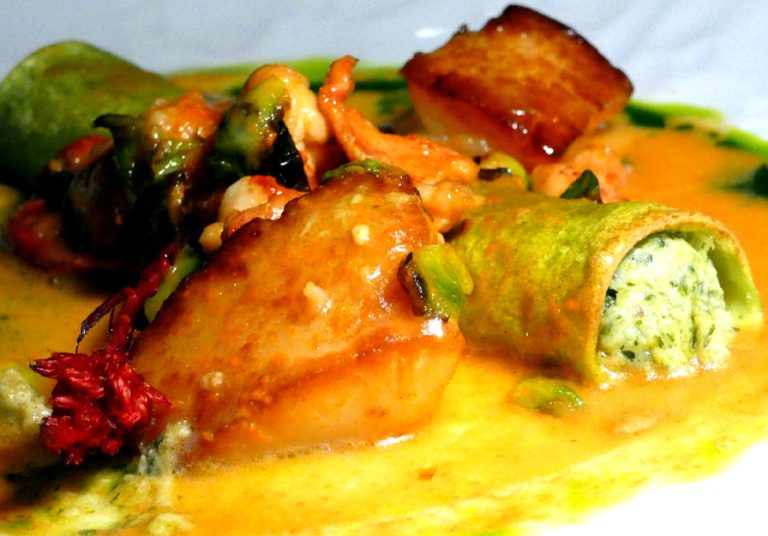Published with permission from LuxuryWeb Magazine
It’s puzzling how articles on sweet or dessert wines are scant — often overshadowed by their more robust cousins: Madeiras, ports, and sherries. A prevailing sentiment among some wine writers seems to discount the nuances of sweet wines, labelling their enthusiasts as possessing “uneducated palates, that cannot appreciate the complexity and beauty of dry wines,” as one particularly opinionated critic remarked at a tasting event we both attended.
Contrary to this narrow viewpoint, I believe there is a vast space to savor both the intricate beauties of dry wines and the rich, velvety charms of exceptional dessert wines. My wine journey spans over six decades, tasting the offerings from nearly every significant wine-producing region globally, including those revered for their exquisite sweet wines.
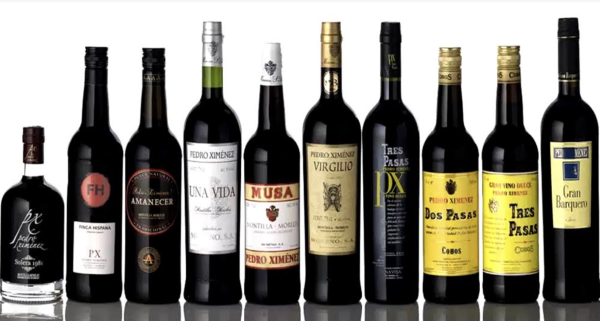
A tour through the sweet wine spectrum unveils treasures like the Pedro Ximénez from Spain, brimming with rich aromas of raisins, molasses, and hazelnuts, or the frost-kissed Riesling Eiswein from Mosel. Not to mention the aromatic Muscat de Beaumes de Venise from France or Italy’s enchanting Malvasia from the Aeolian Islands. Each bottle is a testament to the diverse and captivating world of sweet wines, offering comfort and indulgence in every sip.
These decadent wines complement a plethora of rich dishes perfectly, from pan-seared foie gras to breast of duck adorned with black cherry and green peppercorn sauce, not forgetting the aged cheeses. They also pair splendidly with desserts like apricot cake draped in chocolate ganache, raspberry cheesecake, or a simple tree-ripened peach. Sometimes, I conclude a meal with a glass of sweet wine and espresso, bypassing pastries altogether.
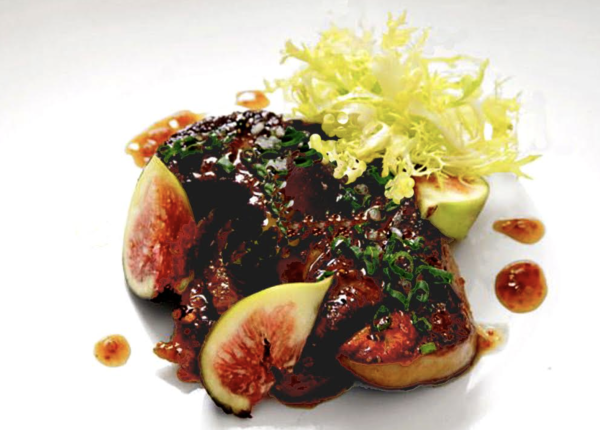
Success
You are now signed up for our newsletter
Success
Check your email to complete sign up
The pairing quandary often arises with opulent dishes like Goose Royal or Foie Gras. A conventional response might lean towards a Sauternes, but why not consider a German Riesling Trockenbeerenauslese or an Eiswein for a nuanced alternative? These wines, crafted from grapes naturally desiccated on the vine by noble rot, embody a perfect balance of sweetness and aromatic intensity, cutting through the richness of foie gras like a dream.
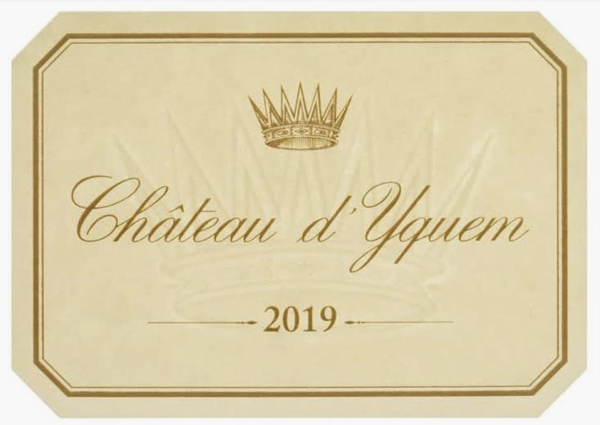
Contrary to mass-produced and once-popular sweet wines, these German treasures, alongside their Canadian and New York State counterparts, showcase a symphony of peaches, apricot, and subtle spicy minerality, especially the exquisite selections from the Doctor Thanisch vineyards.
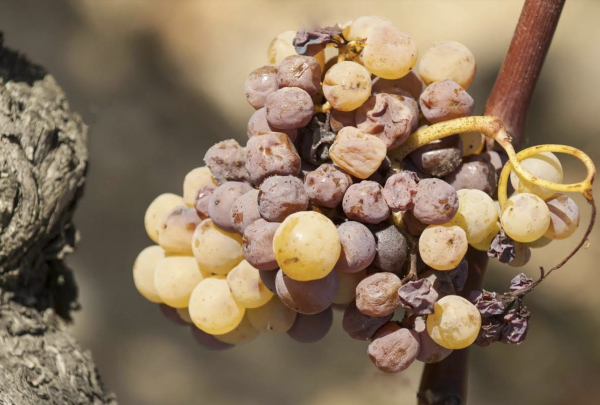
Although the illustrious Doctor Trockenbeerenauslese may rival the prestige and price of a Château d’Yquem, the world of sweet wines is vast, with many affordable yet remarkable options available from Germany’s Mosel, Rheingau, Nahe, Pfalz, and Rheinhessen regions. Their delicate earthy and fruity nuances, paired with a balanced acidity, make them as intriguing as any high-end wine.
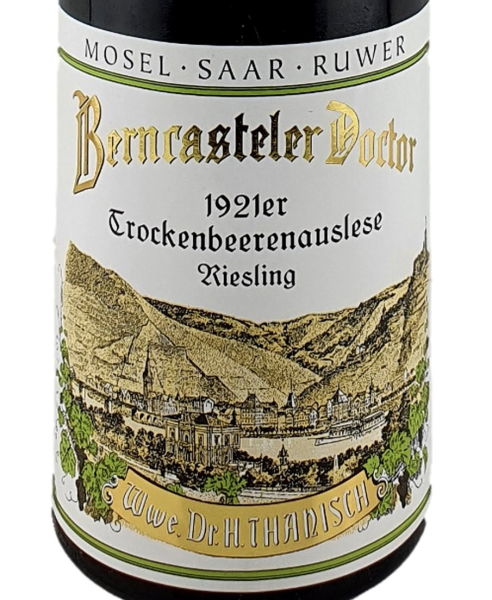
Having savored numerous varieties and visited several of these German vineyards, I can attest to their splendor. The rich tapestry of sweet wines, whether from the rolling hills of Europe or the diverse terroirs of North America, invites an exploration as rewarding and complex as any celebrated dry wine.
To all wine lovers venturing into this sweet symphony, I raise my glass: À votre santé!
Visit LuxuryWeb Magazine to see the original article and more.



